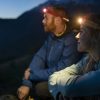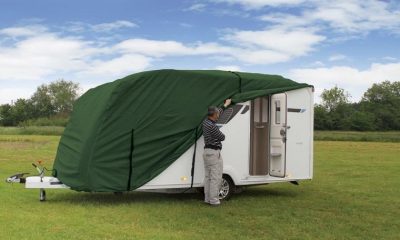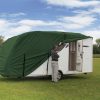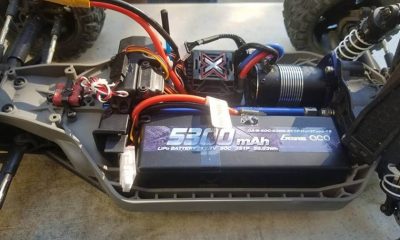Electronics
The Whole Story on Headlamps: Benefits, Uses and Things to Consider
Headlamps, also known as head torches, are light sources you can use while wearing on the head. They’re immensely versatile gadgets that anyone can benefit from, whether you’re a hobbyist, an outdoor enthusiast, or simply someone who likes owning handy devices at home.
If you often need to work hands-free at night or in the dark, here’s why you should get a compact and practical headlamp, some of its uses, and how to choose the right option for your needs.
Benefits
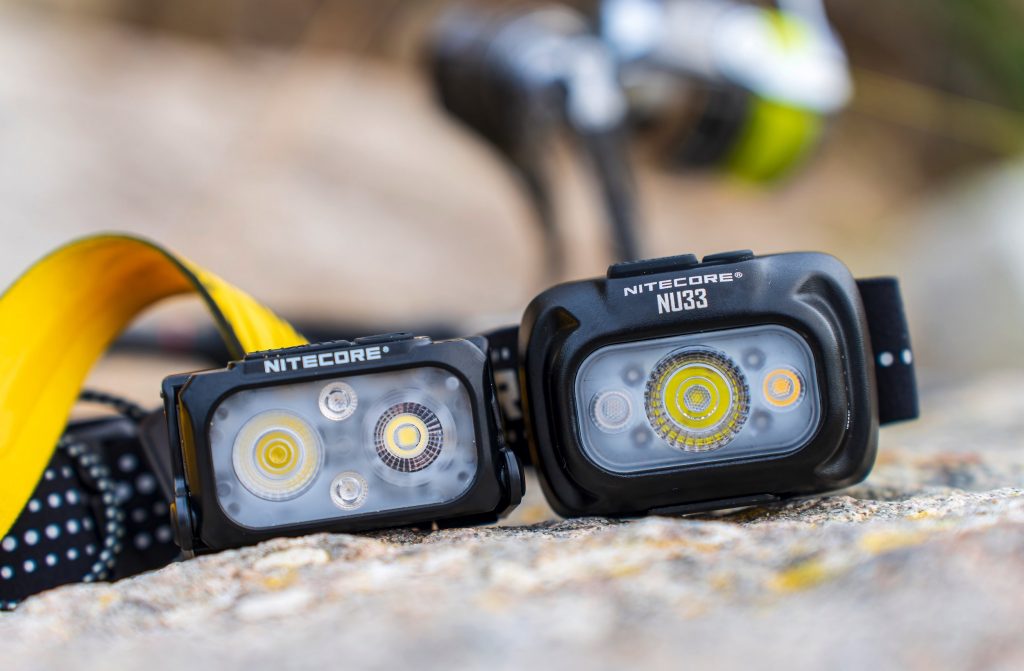
The many advantages head torches offer are why these light sources have become increasingly popular lately. If you’re having a hard time deciding whether you need one, here are some significant benefits you can have from owning a head torch.
Hands-Free Use
Unlike conventional flashlights, which must be held with one hand, headlamps are worn on the head, freeing both hands for any activity or task. Such hands-free operation is practical when engaging in outdoor activities like hiking, camping, or fishing, where you might need both hands to set up a tent, prepare food, or navigate uneven terrain. Additionally, headlamps are useful for car repairs or other home improvement jobs.
Enhanced Peripheral Vision
While traditional flashlights only illuminate the area directly in front of you due to their narrow beam of light, the larger beam angle of headlamps improves visibility, making it simpler to identify threats or impediments in your environment. That’s particularly practical while outside activities in low light or at night.
Portable and Lightweight
Headlamps are significantly lighter and smaller than other flashlight types. Because of that, they’re simple to transport and keep in your pocket or backpack. Additionally, many head torch types have straps that can be adjusted to accommodate any size head, so both adults and kids can use them.
Adaptability
The different lighting modes available on many models, including high, medium, and low-intensity beams, make head torches extremely versatile. Additionally, some headlamps have a red light option that helps signal in an emergency or maintain night vision. Some variants also have a strobe mode for use in an emergency.
Environmentally Friendly
Most head torches use rechargeable batteries, which makes them a more environmentally responsible and sustainable choice than conventional options that require frequent battery replacements. You can minimize your carbon footprint by choosing a headlamp with a rechargeable battery and charging it with solar panels or other renewable energy sources.
Uses
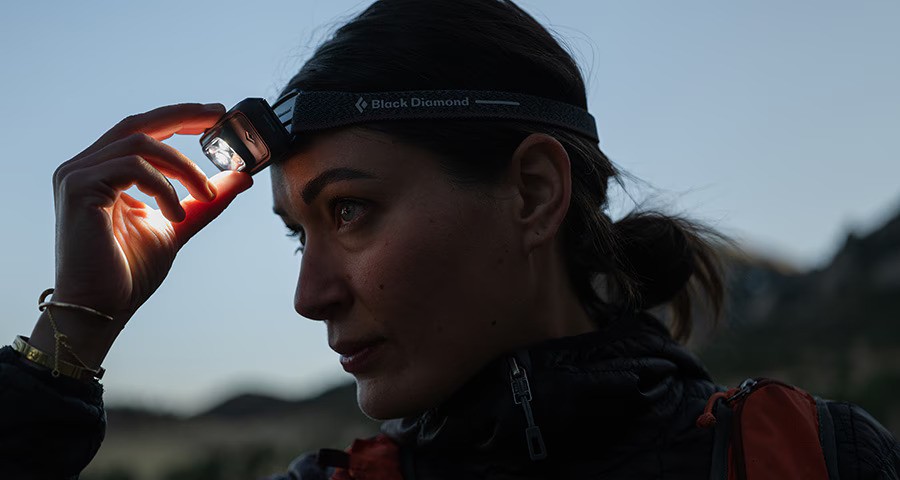
If you ask yourself: “What is a headlamp used for?”, know that these torch types were primarily used as essential gear for miners and outdoor enthusiasts. However, with the advancements in LED technology making them brighter, more ergonomic and energy-efficient, modern headlamps have evolved into versatile tools for numerous activities.
Outdoor Adventures
A trustworthy LED head torch is essential while cycling on poorly lit roads, hiking through the woods, or camping beneath the stars. The hands-free design allows you to set up tents, cook meals after dark, and securely traverse uncharted territory. Other outdoor surprising uses include lighting tunnels and caves, taking better photos, and hanging on as a pendant battery-operated lamp to create an IG-worthy ambience.
Repairs at Home
Working in confined, dimly lit areas like basements, attics, or beneath sinks can be challenging. A headlamp directs light precisely where required and frees up both hands to handle tools and perform repairs more quickly. Both professionals and do-it-yourselfers will find it to be a helpful tool.
Reading at Night
A headlamp is ideal for people who love reading before bed without disturbing the others around them. By creating a pleasant reading atmosphere with adjustable brightness settings, book lovers may lose themselves in their favourite novels without putting undue strain on their eyes.
Emergency Situations
Headlamps provide a dependable illumination source when travelling to unexpectedly dark locations or during power outages. Whether dealing with a car breakdown at night or a domestic blackout, having a head torch in your emergency kit guarantees quick access to brilliant, reliable illumination.
Things to Consider when Choosing a Head Torch
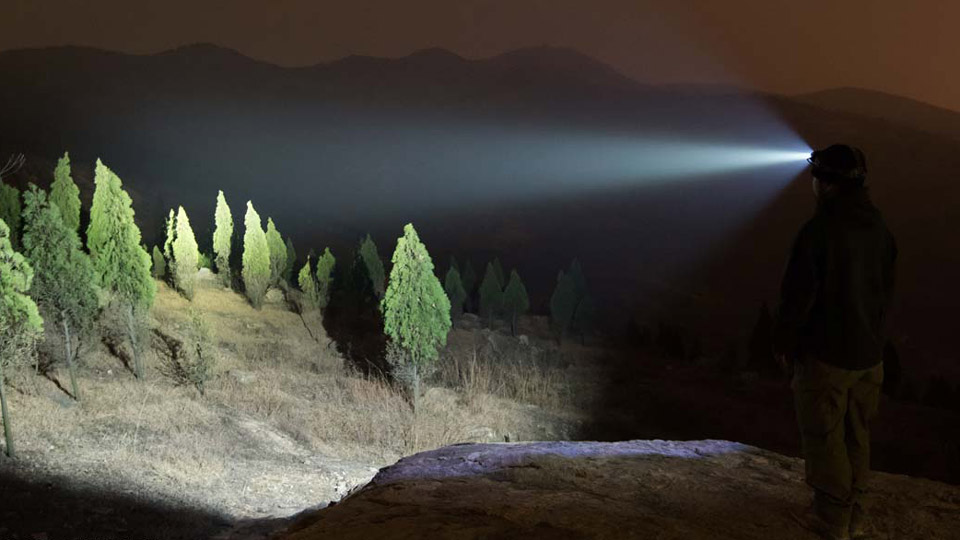
Whether you need it for hiking, camping or reading, the main factors to consider while choosing the right head torch are lumens, weight, red light features, and various light settings.
Lumens
Lumens are used to quantify flashlight brightness; the higher the number, the brighter the torch. The brightness impacts the wearer’s ability to see and their visibility to others.
It’s easy to assume that a bright light is better for nighttime navigation. On the other hand, frequent use can significantly reduce your night vision when taking short walks at night. Consider it less of a guiding light and more of a backup navigational tool in those scenarios. Rely more on natural light and utilise it as little as possible. Your eyes will thus become accustomed to the darkness and enhance your night vision, allowing you to see better during the day.
Select a headlight with 300–600 lumens, depending on your budget and the nature of the activities you’re planning to use it for.
Weight
Like all LED torches, the battery is the main weight source in a head torch. Therefore, a torch with a longer battery life or greater brightness is typically heavier. Certain headlamps have a battery pack on the back of the lamp rather than the front to improve balance for sports like jogging.
Red Light and Additional Lighting Setups
Selecting a headtorch with a red-light setting will affect your night vision since your eyes are less sensitive to the longer wavelengths of red light.
Another useful feature that gives you more control over battery life preservation is the ability to switch between low and high brightness levels. It’ll help you avoid shining your light straight into someone else’s face when walking at night and preserve your eyesight while reading.



